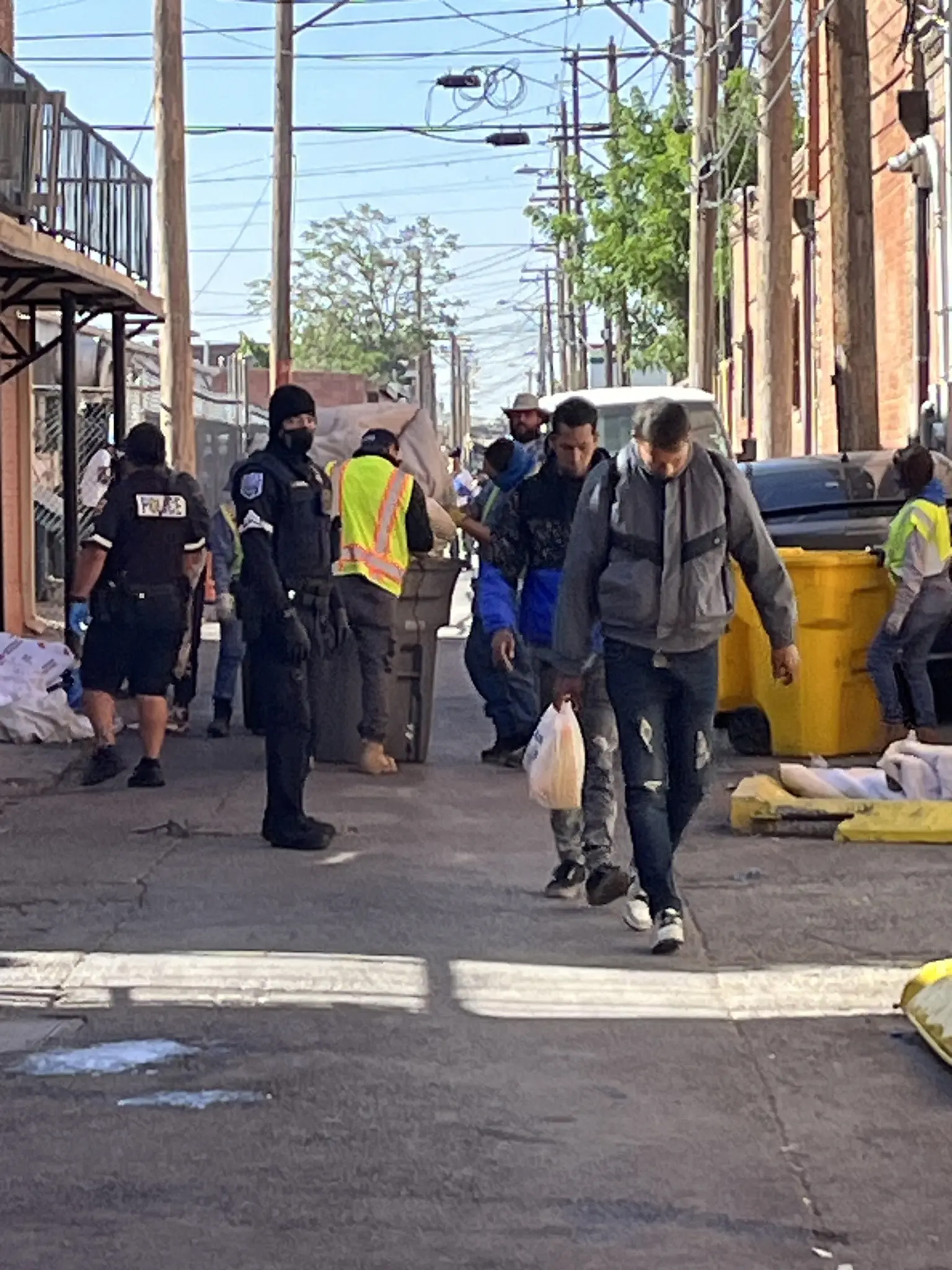New York Post, May 11, 2023

El PASO, Texas — This city is the latest ground zero for President Joe Biden’s failed border policies.
And El Pasoans — in both the city proper and its rugged agricultural environs — feel increasingly abandoned by an administration more concerned about the well-being and comfort of “newcomers” than the safety of residents who have called the area home for generations.
With more than 860,000 residents, El Paso is the largest city on the southwest border, and it sits directly across the Rio Grande from Juarez, Mexico, home to 1.5 million.
As its name suggests, “the pass” has long been a conduit for travel and trade between the two nations.
State law-enforcement officials I spoke to believe the infrastructure that has facilitated that transit and trade is now driving the migrant surge across the river.
Freight trains are a readily accessible form of transit north from Mexico’s interior, and highways provide easy transit for smugglers.
In the first six months of fiscal year 2023, agents in the Border Patrol’s El Paso sector have made more than 265,000 migrant apprehensions, a figure that does not count untold thousands of “gota-ways” who have evaded agents and successfully entered illegally.
Once in El Paso, however, many migrants have no quick way out.
They had taken to congregating in the streets and alleys around the city’s historic Sacred Heart Catholic Church, where “humanitarian” groups have provided them with food, clothing and blankets — drawing even more to the area.
In an ironic convergence of events, the 2023 Border Security Expo was scheduled months ago for May 10 and 11 at the city’s Judson F. Williams Convention Center — hours before the end of pandemic-era Title 42 restrictions.
The expo attracts contractors and federal law-enforcement officials, and the optics were likely just too much for an administration struggling to hide its border failures.
Consequently, Tuesday, May 9, Department of Homeland Security officers swept through the area around the church, handing out leaflets encouraging the squatters to turn themselves in at a local processing center.
Most complied and were reportedly processed — making them eligible for more formal aid — and released.
When I was there Thursday morning, several had returned and were being hustled away by the local police. One cop I talked to said they would be allowed to return once the city had cleared up the accumulated trash.
Largely ignored have been the residents themselves.
One group — composed of farmers and local business people — met surreptitiously miles away from downtown at a ranch house adjacent to the border. El Paso is 80% Hispanic, and the crowd of 50 was indicative of the local population.
Shockingly, many of those assembled were afraid they would be targeted by criminals for meeting with outsiders and sharing their stories. Fortunately, off-duty police and retired federal agents provided a modicum of calm.
They told of cartels running drugs through their property, killing their animals and threatening their lives if they dared to call the authorities.
Land their families had owned for more than a century was no longer safe; some had left, but most planned to stay and hope for the best.
I heard similar tales in a small adobe home that backed directly up to two layers of border fencing — the first a chain-link fence topped with razor wire erected under the Clinton administration, the second a much higher mesh fence built in 2008 under George W. Bush.
Before that fencing was installed, migrants would cross the river and hide in the modest house’s small backyard or scramble onto its ramshackle roof.
One managed to enter the house itself, only to be found by agents in a small sitting room in the back.
Of course, in the past the residents could count on Border Patrol to respond when such intruders were spotted.
Agents are now too busy rounding up, transporting, processing and releasing migrants to provide much help, and the local police are too busy policing the throngs of squatters.
The locals are on their own and long for the protection they had been provided in the past.
The Biden administration prefers to call the situation at the southwest border a “challenge” instead of the crisis verging on total meltdown it is, but regardless, it’s a challenge the president is failing.
The cartels and smugglers run the border now, and they have the Americans who call the area home living in fear.
